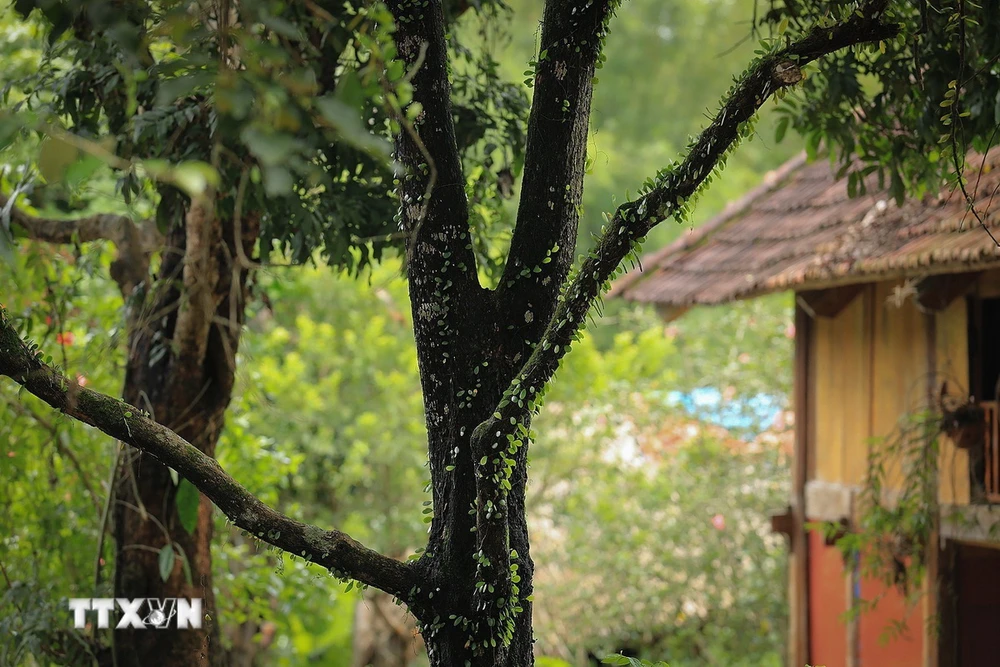
Luy Ai Village, also known as Muong Ai in Phong Phu Commune, Tan Lac District (Hoa Binh) was invested in and preserved by the Ministry of Culture, Sports and Tourism and recognized as a typical traditional village of ethnic minorities, a representative hamlet of the Muong ethnic group in 2008.
Hoa Binh province and local people are gradually promoting the planning and implementation of the Muong ethnic cultural space conservation area in Luy Ai hamlet, concretizing the project "Preserving and promoting the cultural values of the Muong ethnic group and Hoa Binh culture."
Primitive village
Located peacefully in Phong Phu commune, Tan Lac district, Luy Ai hamlet with 100% of the population being Muong people, has become a vivid symbol of the rich and unique culture of the Muong ethnic group in Hoa Binh.
This is the most beautiful ancient Muong village in Hoa Binh province, preserving many unique customs and traditional cultural beauty of the people.
The daily activities of the people here are associated with farming, growing vegetables, fishing, taking care of livestock and poultry, picking bamboo shoots, dyeing fabric... The people of Luy Ai are gentle, hospitable and still maintain traditional lifestyles.
Many ancient production tools are still used by people in daily life such as weaving looms, rice mills, rice mortars, bows, crossbows, hoes, swidden fields, etc. Life is closely linked to farming and animal husbandry.
Coming to Luy Ai hamlet, in addition to experiencing daily activities, visitors will also enjoy typical dishes, learn to make traditional handicrafts, souvenirs from bamboo, rattan, participate in folk games...
Visitors can also walk on small roads lined with tall trees, enjoy the cool green beauty of the trees, and see the time-stained stilt houses and the wild nature.
In particular, the people of Luy Ai hamlet still preserve many intact ancient stilt houses. The wild beauty of the ancient Muong region appears through each small wooden stilt house, the dark tiled roofs stained by time by the stream or under the shade of ancient forest trees.
Mr. Bui Van Huynh, Head of Luy Ai hamlet, shared that among the four large Muong regions of Muong Hoa Binh, Muong Bi, Muong Vang, Muong Thang and Muong Dong, Muong Bi is the first region.
This place is considered the homeland of many Muong branches in Vietnam, even considered the ancestral land, taking Muong Bi culture to teach descendants.
Intangible cultural values such as Mo Muong, Muong gongs, folk songs, and folk dances are still preserved quite intact and hold an important position for the people. Luy Ai hamlet maintains many typical traditional cultural festivals of the Muong people such as the Going to the Field Festival (Opening Summer Festival), Muong Gong Festival, New Rice Festival...
The hamlet has a cultural house built in a spacious stilt house style with a community living space, a place for gathering, practicing and performing arts for tourists ...
Nowadays, people have a high awareness of preserving cultural identity and joining hands to build new rural areas, renovate fields and gardens, clean houses, beautiful gardens, and civilized alleys.
Ms. Bui Thi Duyen, Luy Ai hamlet, shared that she and the people in the hamlet are always conscious of preserving traditional cultural values, knowing how to do traditional jobs such as silk spinning, weaving, and making their own shirts and skirts to wear every day.
Every house in the village keeps 1-2 gongs to participate in festivals and cultural and artistic activities.
Promoting cultural values associated with tourism
With the unique cultural beauty of the ancient Muong land, beautiful natural scenery, friendly and hard-working people, the ancient Muong village of Luy Ai is gradually promoting its existing potential to become a unique community tourism destination in the future.
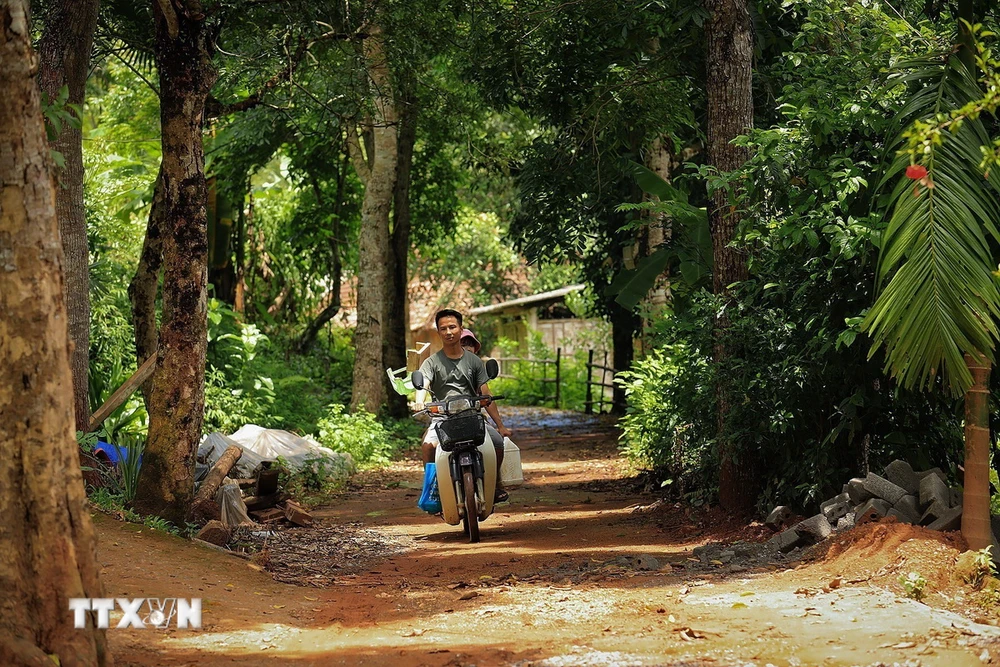
Currently, Luy Ai hamlet has 207 households and 936 people, 97% of whom are Muong ethnic people. In particular, Ai hamlet (old) still preserves 19/34 traditional stilt houses, Luy Ai hamlet is currently a 3-star OCOP community tourism destination of Hoa Binh, with 2 households operating homestay tourism services attracting tourists to visit and stay.
People here have exploited the landscape and culture to develop community tourism associated with new rural construction.
According to Mr. Luu Huy Linh, Deputy Director of the Department of Culture, Sports and Tourism of Hoa Binh province, Luy Ai hamlet is located on important tourist routes of the province. Hoa Binh has also determined to exploit the traditional cultural values of the Muong ethnic group, creating unique and special tourism products of the locality.
Along with that, the Department will also propose to coordinate with relevant levels, departments, branches and sectors to continue supporting investment in transport infrastructure and training tourism skills for people to improve their capacity to serve tourists.
Currently, Luy Ai hamlet has 3 households that are qualified to directly welcome guests, ensuring good food and accommodation needs for visitors when they come here.
Mr. Dinh Cong Lon is the first family to open a homestay in Luy Ai hamlet. He shared that when he decided to open a tourism and accommodation service for guests, in 2015, his family invested in renovating the stilt house and decorating the garden to preserve the Muong culture intact.
At the same time, we provide full services for tourists when they come to rest, learn about customs and practices, stay in stilt houses, drink rice wine, and live with the locals, giving tourists a feeling of closeness and warmth like at home.
In addition to the culinary experience, visitors can cook, farm, fish, grow vegetables, weave, and embroider with the host.
To preserve the cultural values of the Muong Bi people, Hoa Binh has planned a Muong cultural space in Luy Ai hamlet, Phong Phu commune, Tan Lac district, and assigned the district to plan the construction of a space to preserve Muong ethnic culture associated with tourism, and submit it to competent authorities for appraisal and approval in the third quarter of 2024.
Mr. Le Chi Huyen, Vice Chairman of Tan Lac District People's Committee, said that the district has surveyed the current status, determined the boundaries and scale of the planning area, selected a planning option, and estimated the capital source for implementation.
It is expected that the Muong Cultural Space Conservation Area will have a research area of about 125 hectares, including a central conservation area of 5.9 hectares; a central service area of 8.1 hectares; a high-class hotel area of 3.4 hectares; a farm area of 3.5 hectares; a festival area of 4.6 hectares; an accommodation area, homestay, and resort of 4.2 hectares; the rest are existing residential areas, landscapes, nature discovery areas, and development reserves.
Hoa Binh is aiming to turn Luy Ai hamlet into a destination that promises many new experiences for tourists. At the same time, this is expected to be a place to "spread out visitors" for other tourist destinations in the area such as: Hang Kia community tourism village, Lac village, Mai Hich (Mai Chau), Thung Nai (Cao Phong)./.
Source: https://www.vietnamplus.vn/xom-luy-ai-bieu-tuong-song-dong-cho-van-hoa-cua-dan-toc-muong-tai-hoa-binh-post972920.vnp








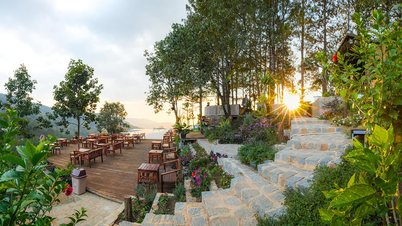
















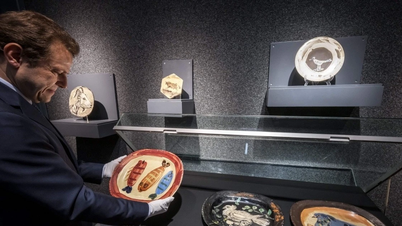












































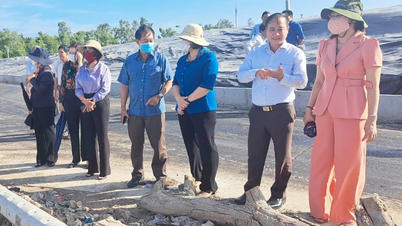
























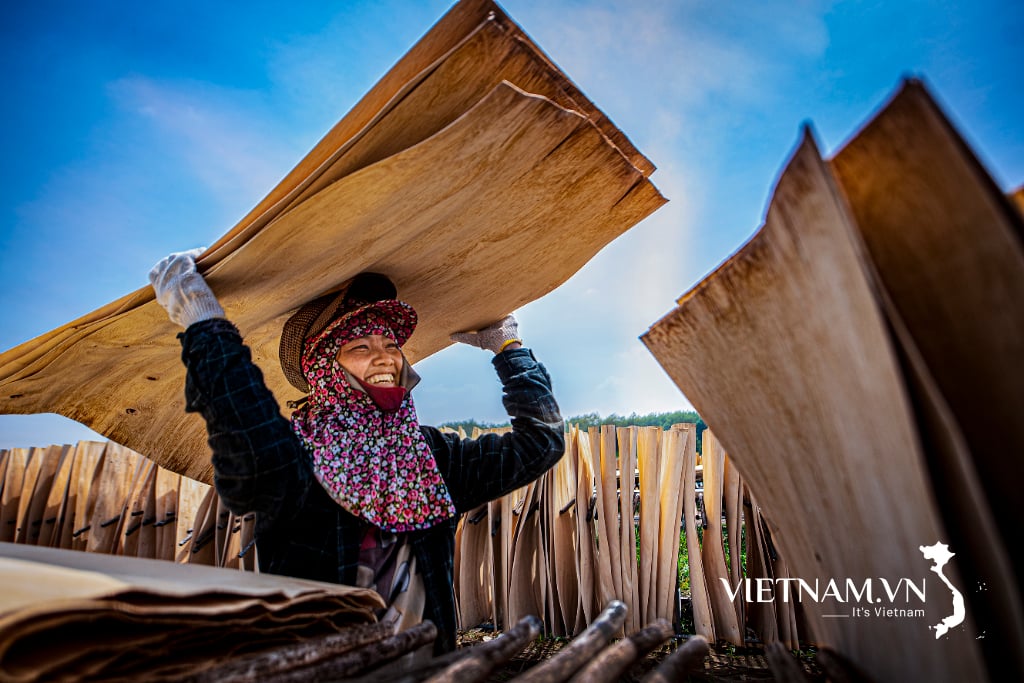

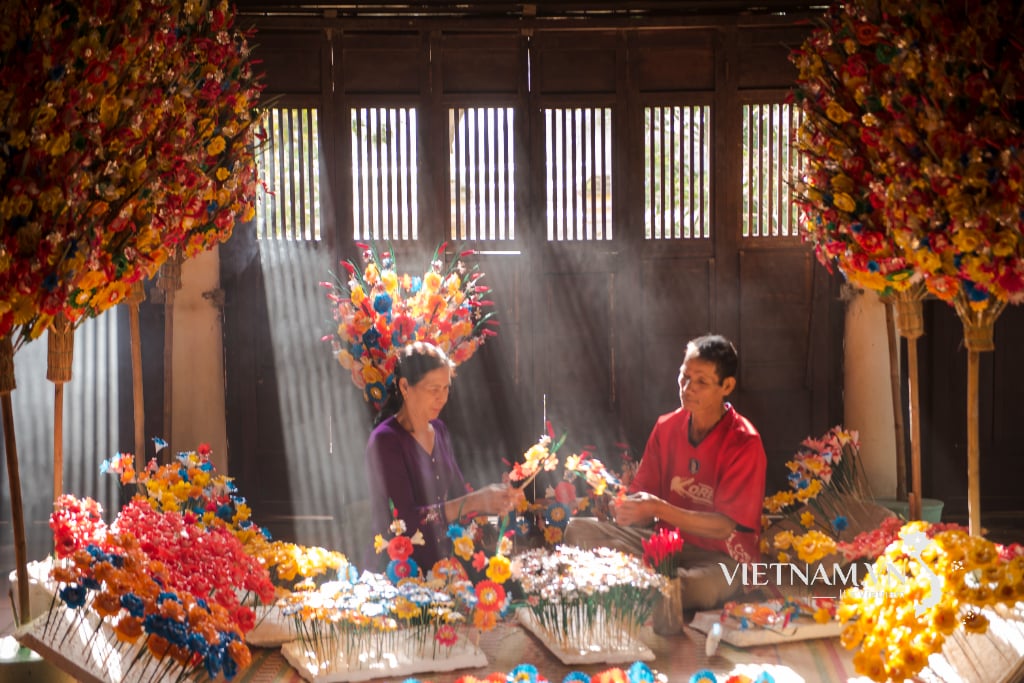
Comment (0)